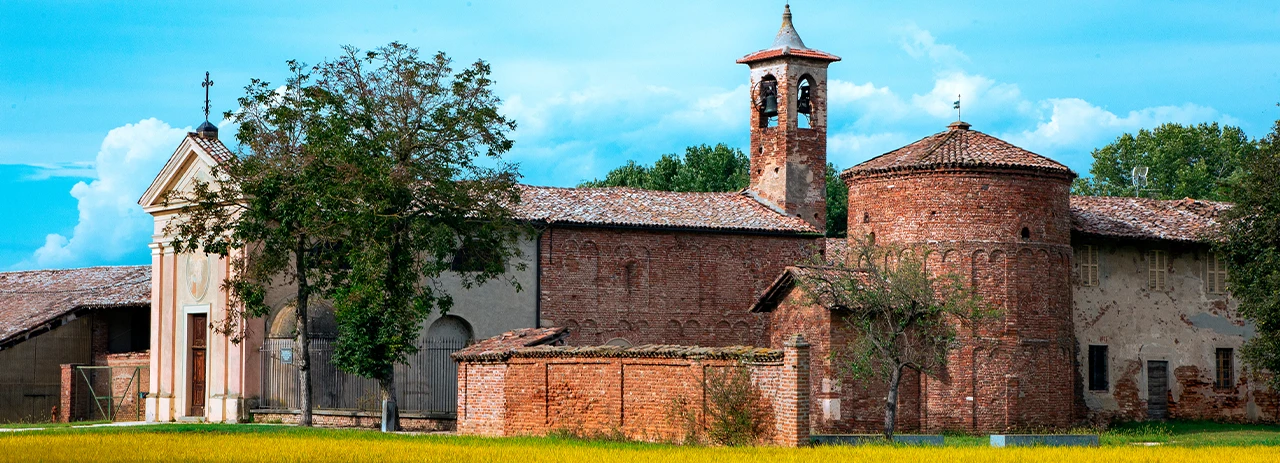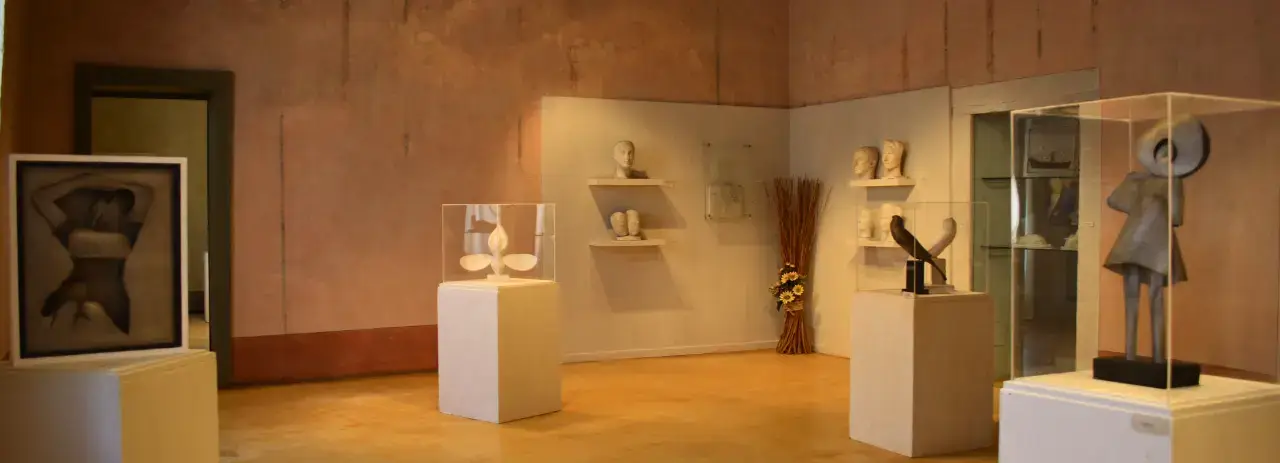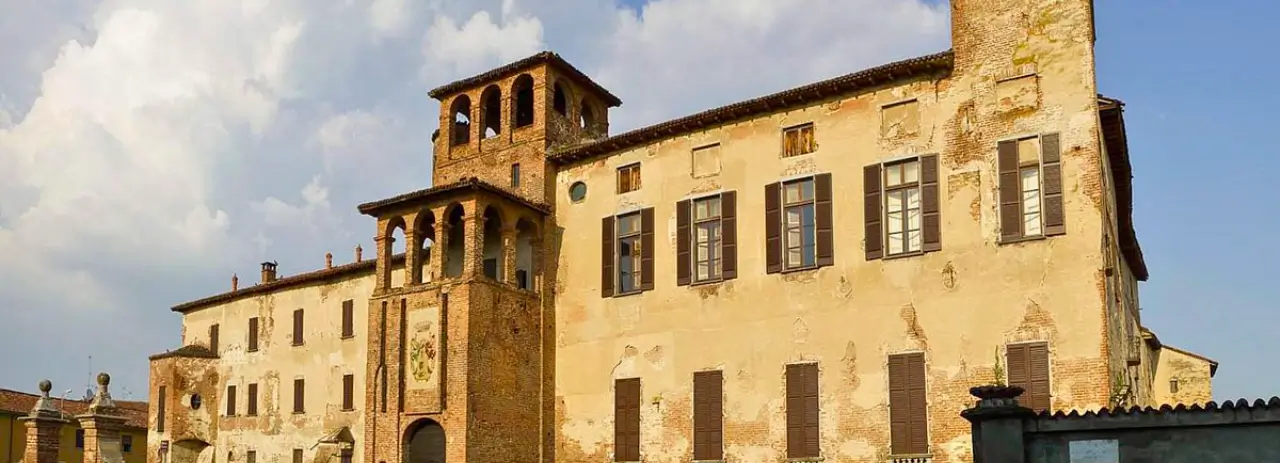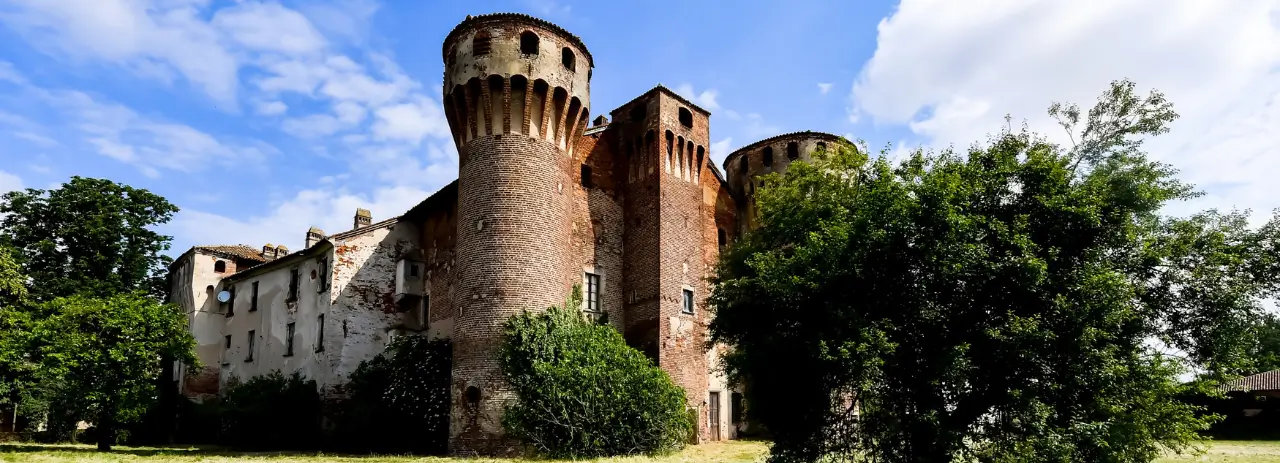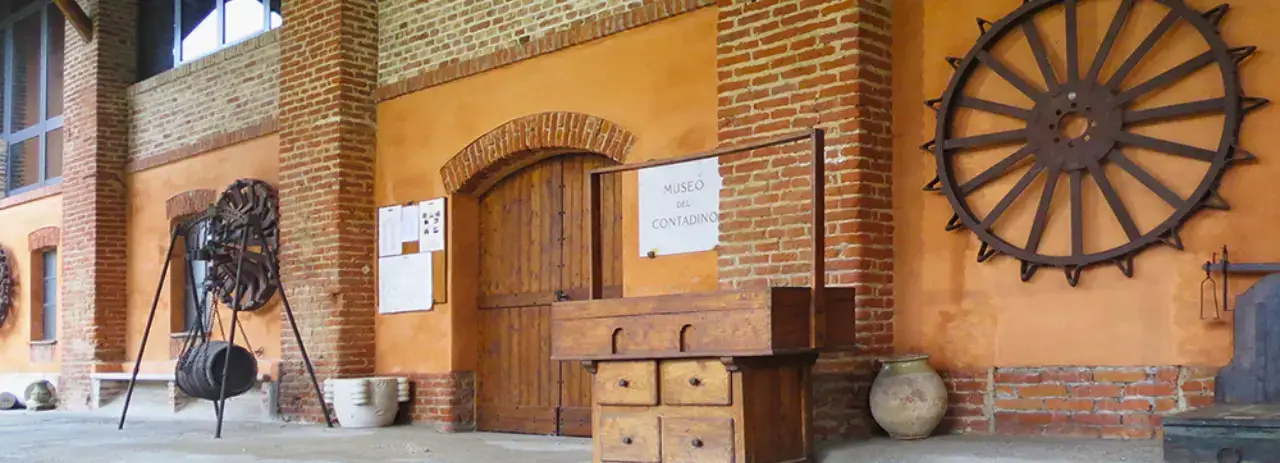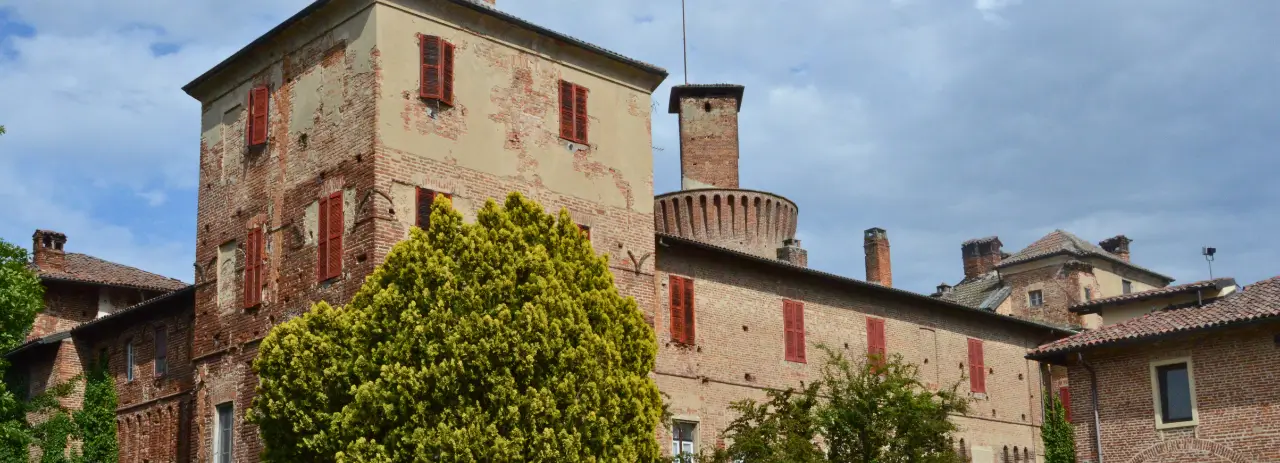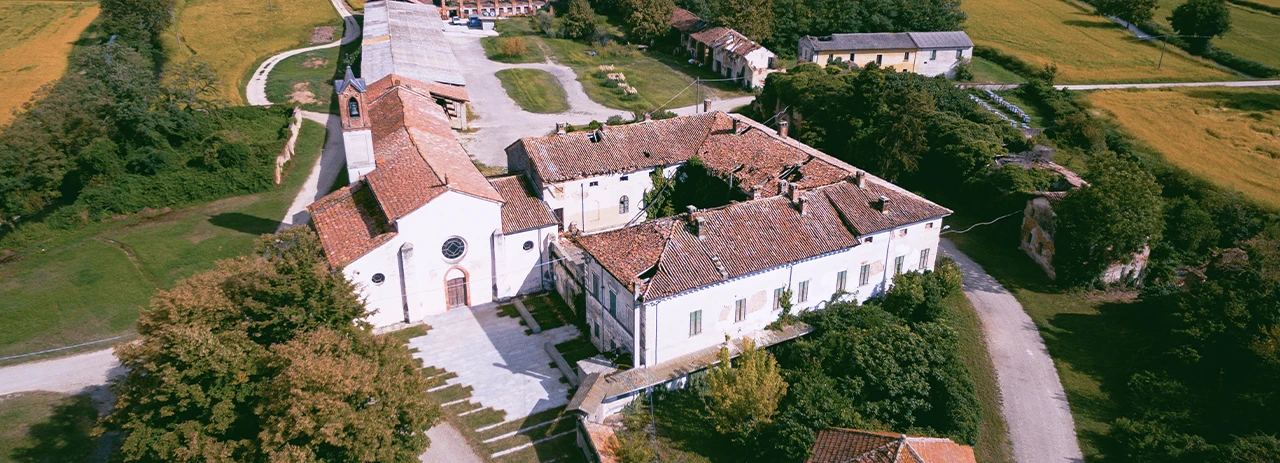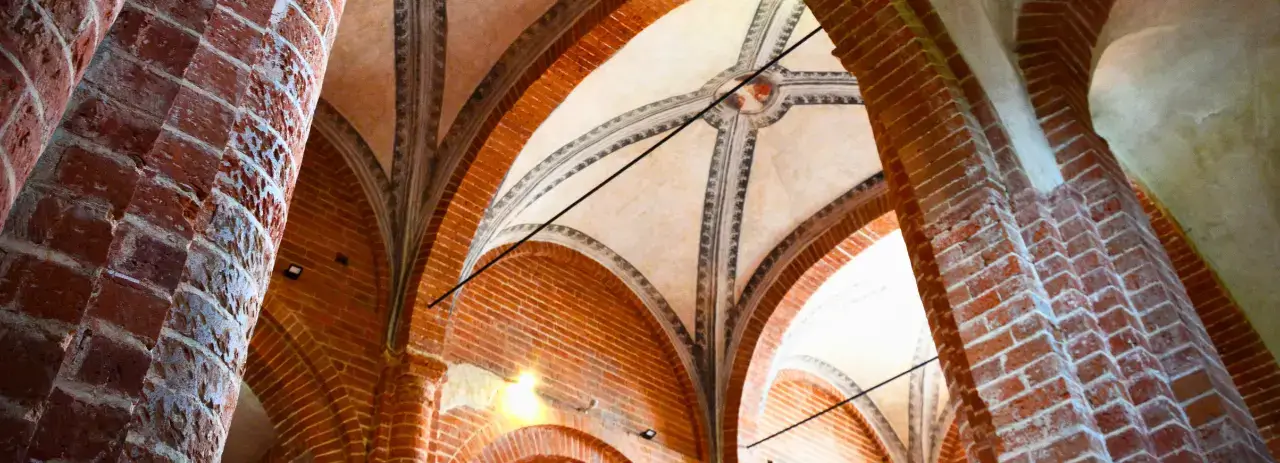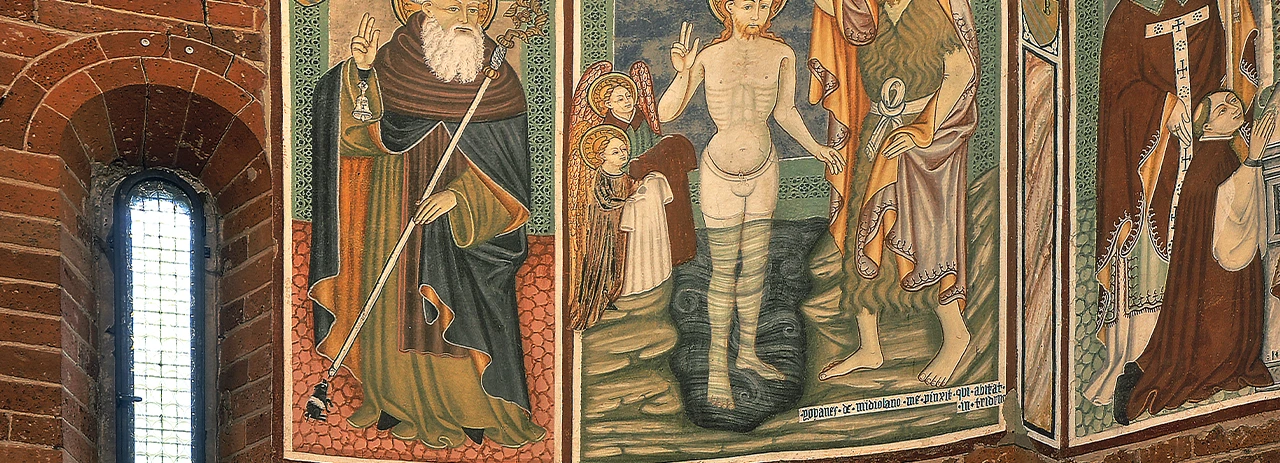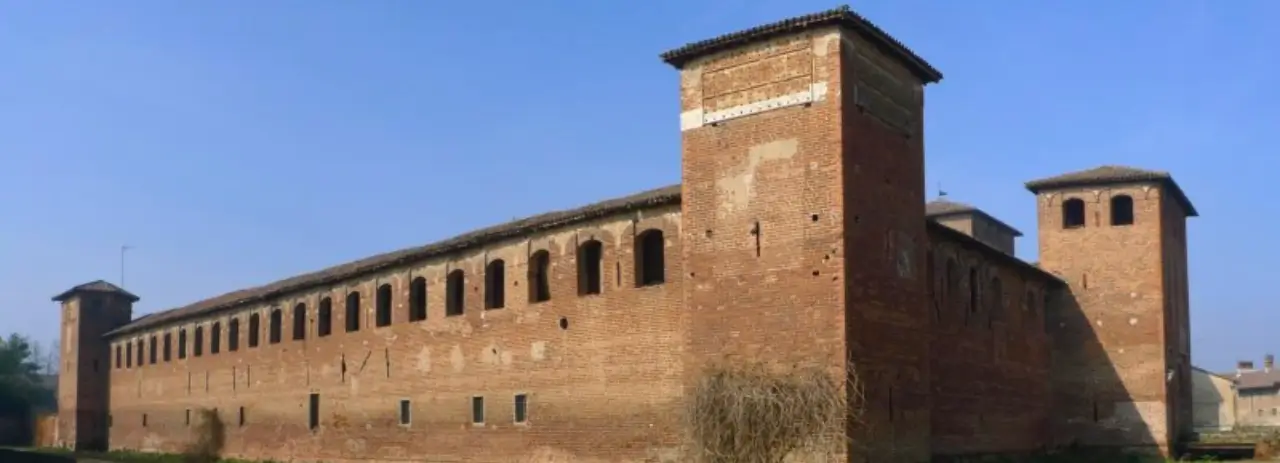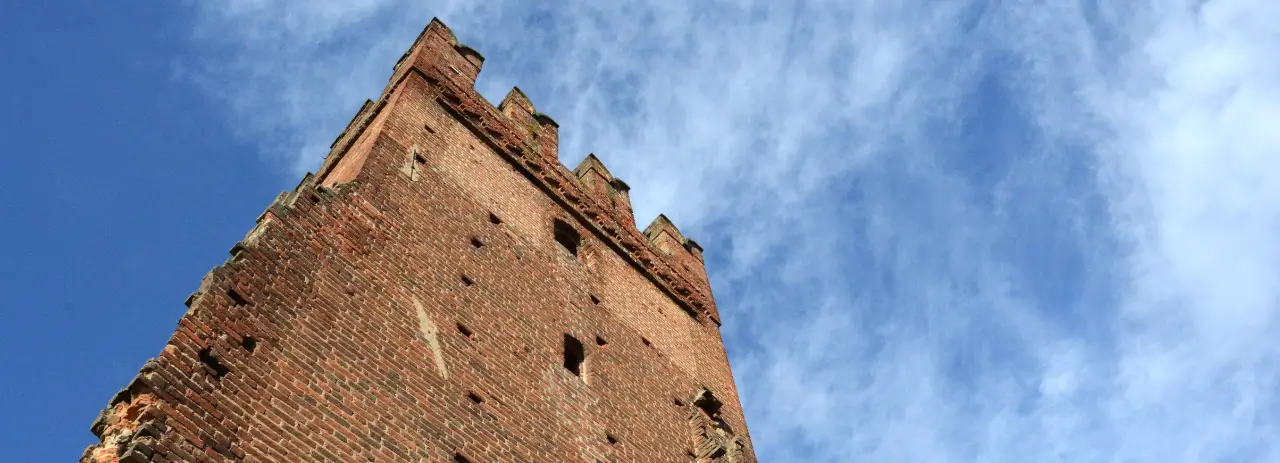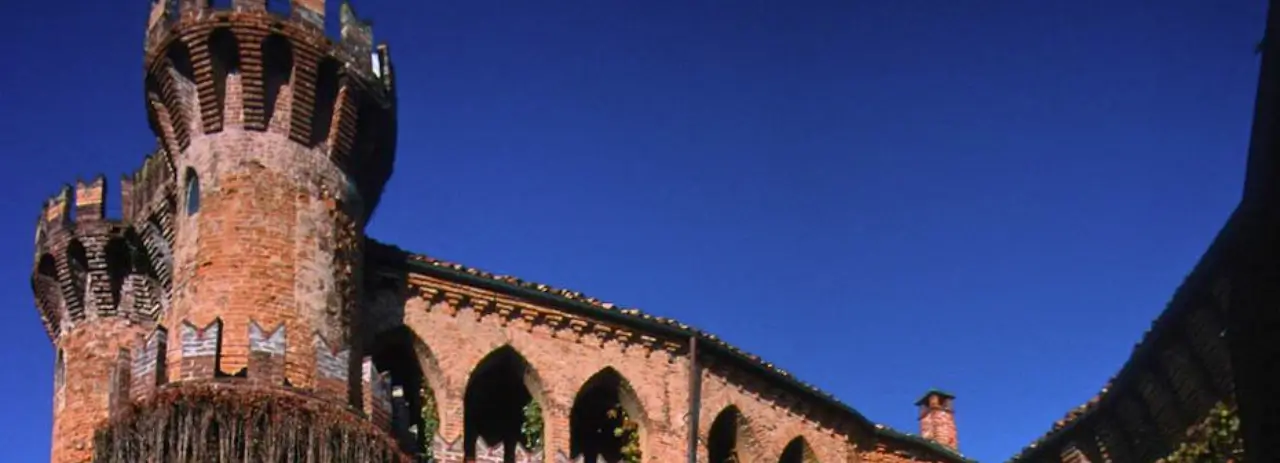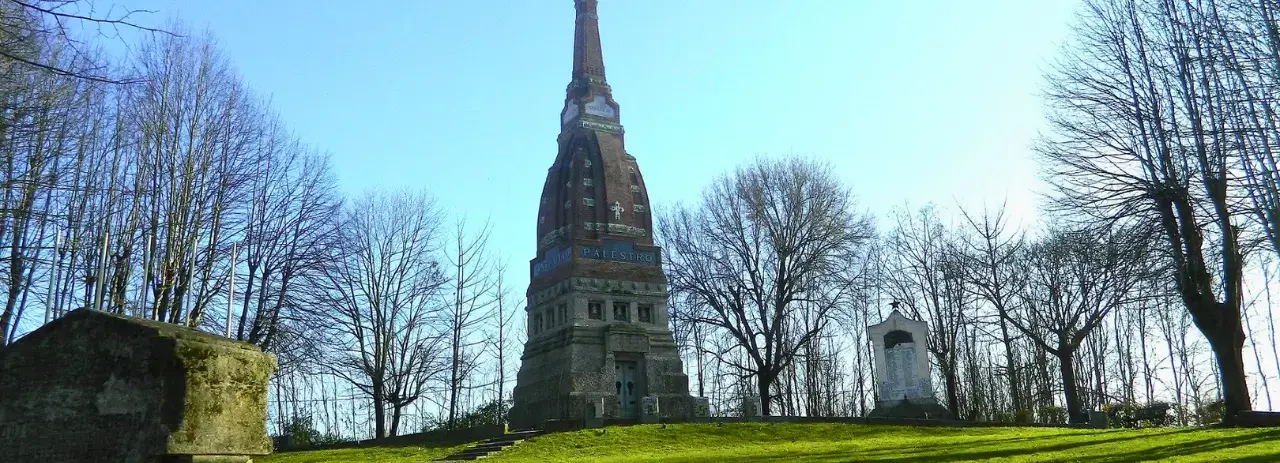The territory
Lomellina: an extraordinary repository of biodiversity
Lomellina is a remarkable area of biodiversity. A significant portion of its territory falls within the “Risaie della Lomellina” Special Protection Area—part of the Natura 2000 network—established to protect one of the largest freshwater wetland areas in Northern Italy.
This protected area, covering 30,941 hectares, is of international importance due to its high natural value, hosting 11 heronries, 9 of which are designated as Sites of Community Importance. It is a crucial area for Ardeidae (herons), with the only site in Europe where all nine European species of this family nest. The rice fields of Lomellina are of great significance in Italy and even in Europe for the reproduction of species such as the Bittern, Night Heron, Little Egret, Red Heron, Glossy Ibis, and Spoonbill (the only nesting site in Lombardy for the latter two species).
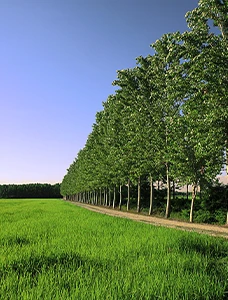
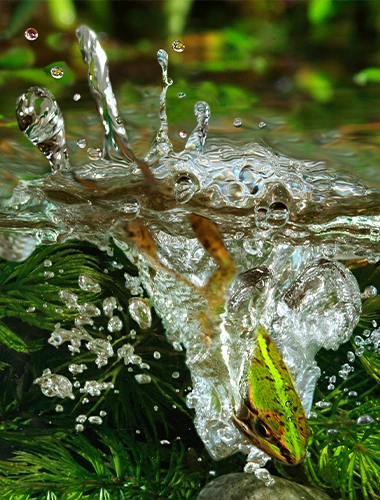
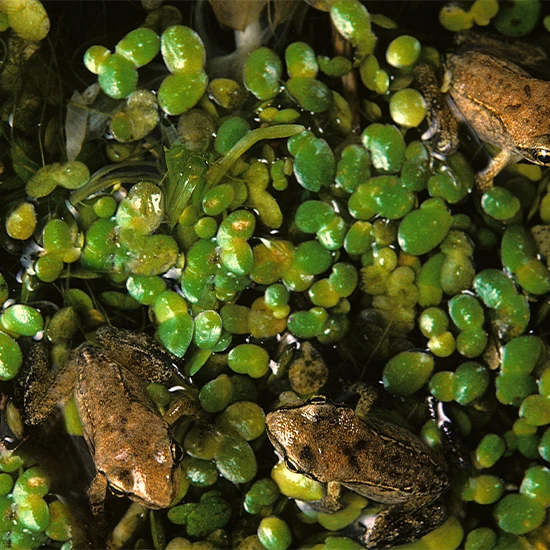
Numerous other bird species are also present, including the Black-winged Stilt, Marsh Harrier, Brown Kite, and Eurasian Coot, to name a few. In recent years, there has been a significant increase in the presence of the Sacred Ibis, considered an invasive exotic species. The Lomellina territory encompasses a wide range of habitats, including rice fields, rivers, regulated streams, riparian vegetation, springs, small streams, wetlands, and forests. This diversity provides a vital refuge for many plant and animal species. Among these are various amphibians (such as the Lataste’s Frog, the Emerald Toad, and the European Water Frog), dragonflies (Ophiogomphus cecilia and the endangered Sympetrum depressiusculum), butterflies (Swamp Blue), fish of community interest (River Lamprey, Western Whitebait, Italian Barbel, River Loach, and Masked Loach), reptiles (European Pond Turtle, Aesculapian Snake, and Grass Snake), and mammals (European Badger, European Polecat, and Red Fox).
In terms of flora, notable is the presence in wooded areas of tree species such as Black Alder, White Willow, White Poplar, Oak, and Field Elm, along with shrubs like Cornelian Cherry, Elderberry, and Grey Willow. In the wetter areas, common plants include Reed Canary Grass, Bulrush, and Water Clover, while some springs feature the rare aquatic fern Isoëtes malinverniana, the only endemic fern of the Po Valley.

The History
Ancient origins of a region rich in traditions
Lomellina is a region in the province of Pavia, representing its westernmost plain area. It is bordered by three rivers: the Po, Ticino, and Sesia.
The name derives from the town of Lomello, which has an ancient history as a Roman municipium and was the seat of the Counts Palatine in the Middle Ages. In pre-Roman times, this area was inhabited by Celtic-Ligurian peoples and was crossed by an important road linking Pavia to Turin and the Alps, passing through Dorno, Lomello, and Cozzo. During the early Middle Ages, with Pavia’s rise as the capital of the Goths, Lombards, and Franks in Italy, Lomello also gained importance and became a county during the Frankish era.
After the Visconti conquest of the Pavia territory, Lomellina remained part of the County of Pavia, which was later elevated to a Principality. In 1707, during the War of Spanish Succession, it was conquered by the Savoy and confirmed as an autonomous province with the Treaty of Utrecht in 1713. In 1859, near the time of national unification, the Rattazzi Decree established the merger of Lomellina and Oltrepò Pavese, both previously part of Piedmont, with the Province of Pavia, which had been taken from Austria. Originally, Lomellina was covered by dense broadleaf forests, interspersed with swamps and marshes in the wetter areas and sandy rises in the elevated areas with draining substrates. Over the centuries, however, these rises were flattened by humans to convert them into agricultural land. Today, only a few precious examples remain. Their origin is not entirely clear; in 1882, Torquato Taramelli suggested that these sandy hills might be remnants of an ancient deposit brought from the upper part of the Po Valley.
However, over time, other hypotheses have been proposed about the formation of these rises, including the idea that they could have been created by wind or are simply remnants of ancient natural riverbanks. The sandy soil and the presence of wetlands were, in Roman times, crucial for the cultivation of flax, as stated by Pliny the Elder in his Natural History, where it is noted that in the area between the Po and Ticino “a flax considered third in Europe is produced.” This crop gradually disappeared over the following centuries, as did wine production, which continued until the mid-1800s. Lomellina wines are mentioned by Opicino de Canistris in the Liber de Laudibus Civitatis Ticinensis (1330) and especially by Bernardo Sacco in the De Italicarum rerum varietate et elegantia (1565). Rice cultivation began to take hold from the 15th century onwards and found particularly favorable conditions for its spread in Lomellina. This marked a significant shift in the region’s crops, society, and economy.
A space dedicated entirely to the grain
The Rice Research Center
In Lomellina, in Castello d’Agogna, is the Rice Research Center of the National Rice Authority, the public body responsible for safeguarding the rice sector. Researchers and technicians at the center, located in Lomellina due to the region’s importance for national rice cultivation, are engaged in researching solutions to maximize production, improve cultivation techniques, and refine the qualities of Italian rice. Additionally, the center offers a modern educational space for schools to promote knowledge of the sector and engage new generations.
The rice commodity exchange
The Mortara commodity exchange
Founded in 1994, the Mortara Commodity Exchange has grown to play a central role in the national rice market. Today, it is one of the most important Italian markets for rice trading.
Places to visit

